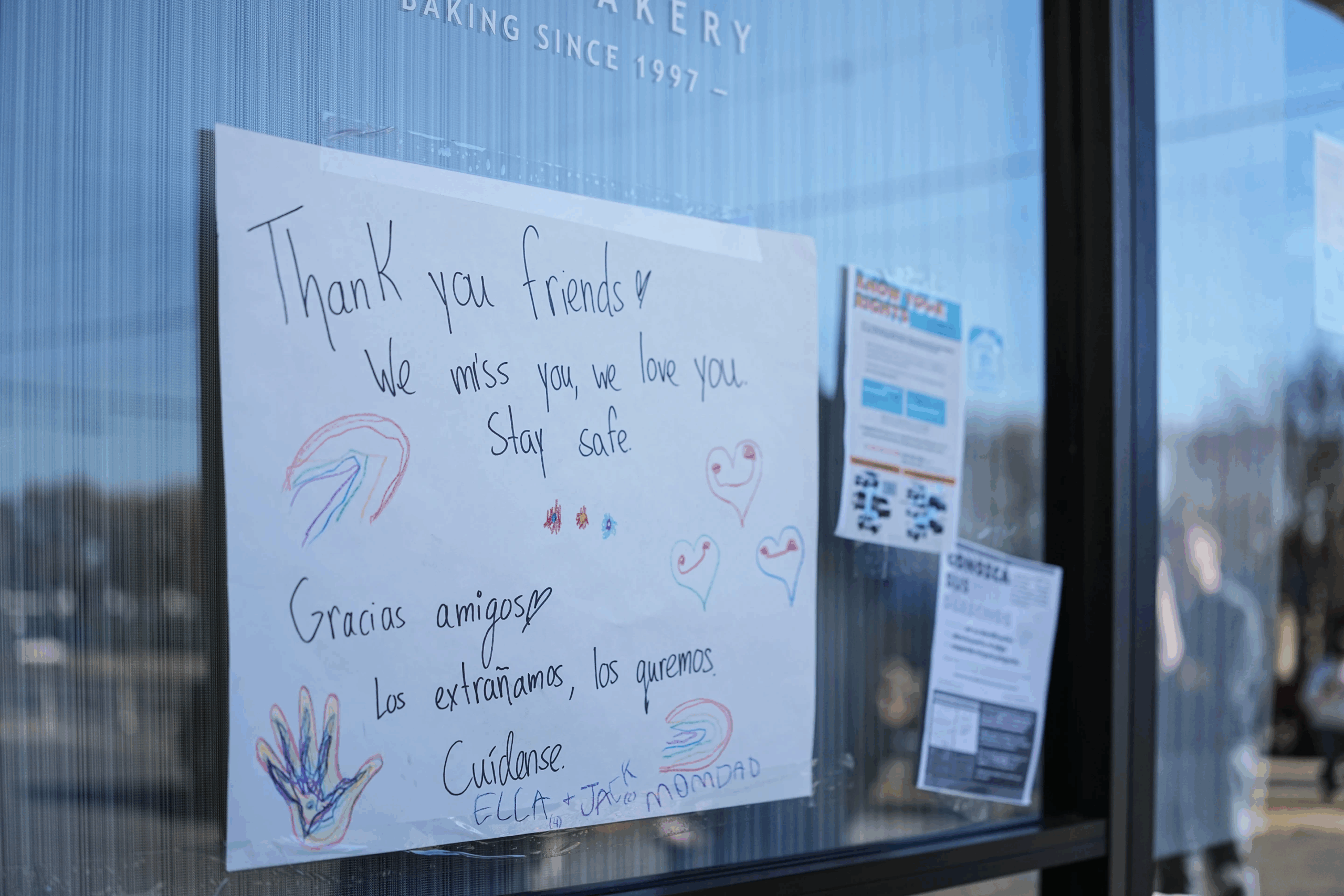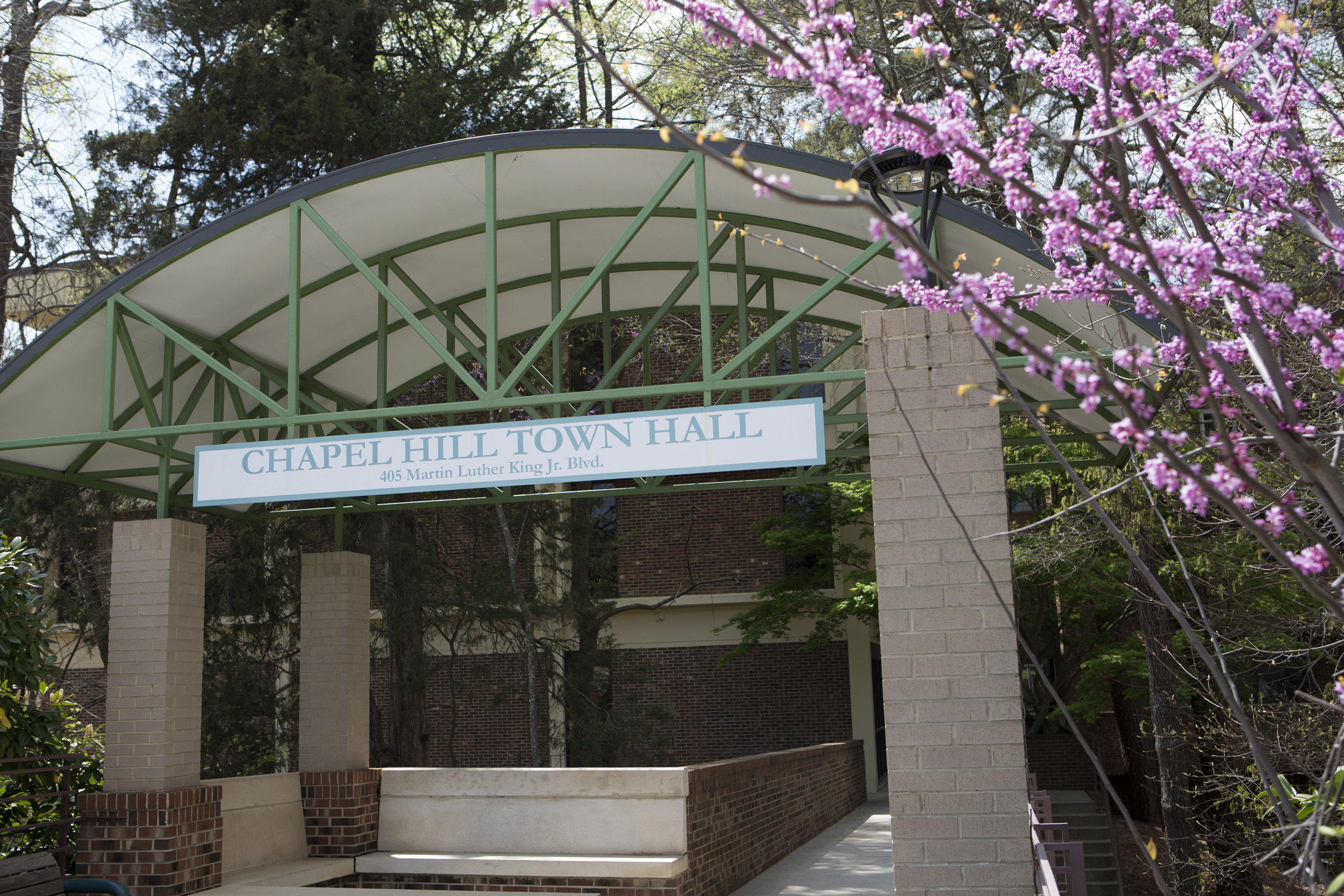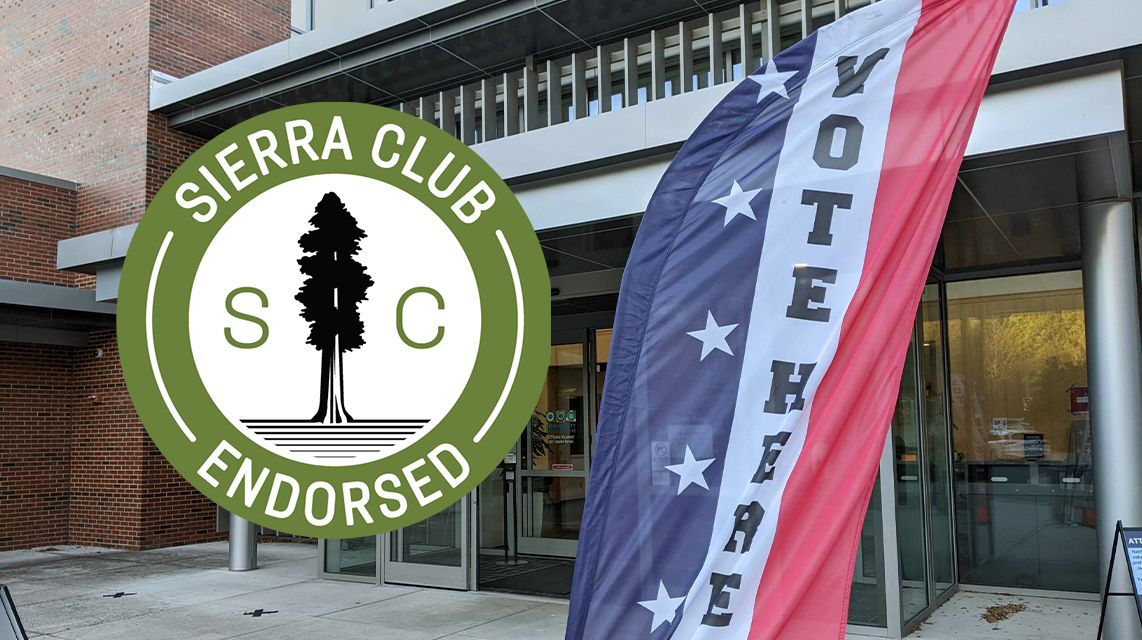Chapel Hill Town Council member Ed Harrison says the Federal Transportation Administration’s approval of the Durham-Orange Light Rail plan clears a major hurdle for the project.
“It’s an initial vote of confidence,” he says. “If Triangle Transit and the region were a [political] candidate, it would be like getting through the primary.”
Harrison is also vice chair of the Triangle Transit Board of Trustees.
Back in 2005, a News & Observer reporter called him a “transportation wonk,” and Harrison says he’ll take that.
Harrison lives on Newton Drive, on the Chapel Hill side of Durham County. He happily mentions that he’s surrounded by future station areas for the 17-mile light rail system, which would run from UNC to Alston Avenue in Durham, near North Carolina Central University.
He’s also happy to mention that, in addition to Tuesday’s letter of approval from the FTA, it has granted Triangle Transit “pre-award authority.”
“What that means is that we are now eligible, as Triangle Transit carries out the project and the planning, for reimbursement of millions and millions of dollars,” says Harrison.
In 2012, construction cost for the light-rail line was estimated at $1.34 billion, as reported in Wednesday’s News & Observer.
Harrison says Orange and Durham residents should be prepared for a lengthy process that involves the construction of an exclusive right-of-way.
“That’s an expensive proposition,” he says, “and that would be the case if it were a bus as well.”
But the potential for cost savings over the long run is significant, he adds.
“There are a lot of buses carrying people into Orange County’s major employment center, the UNC campus, every day,” he says. “Over six thousand people. All those buses are replaced by one single train line. And the buses can then be moved elsewhere in Chapel Hill and Carrboro for use.”
While Harrison gets a lot of positive feedback from citizens about light rail between the neighboring counties, he sometimes has to defend the plan.
When he does, he points out that studies over the last 10 years show that public transportation has made areas around UNC a lot less congested with traffic than before, even with all the development that’s occurred there during that time.
“If you want to maintain that trend, we’re running out of the ability to do it with buses,” he says.
He goes on to say that a train would potentially carry 450 people, whereas a double bus only carries 90. That means one-fifth the number of drivers would be needed for the same number of commuters.
But it takes more than just facts and solid projections to get the go-ahead from the Federal Transit Administration. It also takes showing them some money. That’s why a planned 28-mile train line between Durham and Raleigh failed to get FTA approval back in 2006.
“It could not show the Federal Transit Administration that there was a source of local funding,” he says. “In that case, the voters of Orange County and Durham County made sure, this time around, that we do have that.”
He’s talking about a half-cent sales tax in Orange and Durham Counties to pay toward the light rail project, thanks to voter approval.
Not surprisingly, Harrison anticipates a struggle for state funding. He says that’s the reason that some Transit board members and other rail proponents are going to the The East Coast P3 Infrastructure Conference in Charlotte next week — to discuss alternative financing methods and public-private partnerships.









